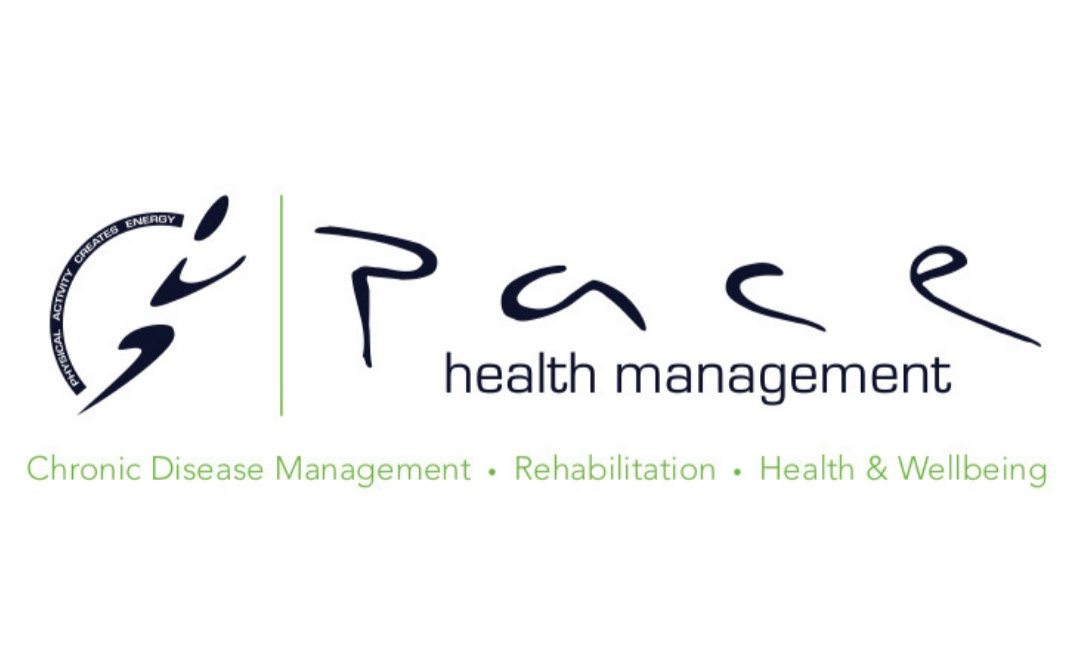Exercise Physiology to help those with Cerebral Palsy
By Brooke Whittaker - Accredited Exercise Physiologist
Cerebral palsy is an umbrella term that refers to a group of disorders affecting a person’s ability to move. It is due to damage to the developing brain either during pregnancy or shortly after birth.
Cerebral palsy affects people in different ways and can affect body movement, muscle control, muscle coordination, muscle tone, reflex, posture and balance. Although cerebral palsy is a permanent life-long condition, some of these signs of cerebral palsy can improve or worsen over time.
Some symptoms include a lack of muscle coordination when performing voluntary movements (ataxia); stiff or tight muscles and exaggerated reflexes (spasticity); walking with one foot or leg dragging; walking on the toes, crouched or "scissored" gait; and, finally, muscle tone that is either too stiff or too "floppy." It is vital to remember that CP has varying degrees and not all persons with cerebral palsy exhibit the same symptoms.
There are a variety of health and social benefits associated with exercise in this population, including increased participation in individual and community activities; improved sense of well-being and a reduction in anxiety; increased lung and heart efficiency; increased strength, flexibility, mobility, and coordination; improved bone health; weight control; and a reduction of chronic diseases and secondary conditions. In order to acquire these personal benefits, an effective and safe exercise prescription needs to be created.
“1 in 500 Australia babies are diagnosed with Cerebral Palsy- there is no known cure.”
Current ESSA Guidelines
Safety precautions:
Anti-seizure and antispasmodic medications may decrease the intensity of aerobic exercise that you can do.
If you have spastic and/or athetoid complication, straps, wraps or gloves may be necessary to keep your hands and/or feet secure. Make sure you can get out of the straps safely or exercise with a person close by to help if you need to get out of the straps quickly.
Benefits of Exercise:
Research indicates that children with CP have a greater energy demand of locomotion, reduced muscle strength and endurance, reduced maximal aerobic power and early onset of muscle fatigue. Additionally, research investigating the effects of strength and resistance training in CP, shows that it can increase both muscle strength and endurance, producing no unfavourable effects upon spasticity or movement patterns as was previously thought. In fact individuals with CP have reported an overall reduction in spasticity following long-term participation in an exercise program. This benefit of decreasing muscle tone allows for an increase in function, as well as a decreased reliance upon antispasmodic medications.
PACE superstar Nat with Exercise Physiologists Tony and Brooke.
Whilst there is no cure for cerebral palsy, the associated disabilities can often be managed with treatment. The treatment plan will vary from person to person accordance to the type of CP they have and the severity of the symptoms. A particular treatment may work for one person but not another.
It is imperative that each person is assessed individually by a medical specialist or allied health professional so that their specific needs can be identified and addressed over time.
It is important to also note that the original brain injury that caused the person’s CP cannot be cured. The resulting impairments however, can be managed with various treatments. The main way to do this is by therapy and using adaptive equipment such as wheelchairs. Again, depending on the nature of the CP, drug therapy and even surgery may help.
The objective of any treatment for people with cerebral palsy is always to maximise independence, control pain, foster self-care and optimise mobility and communication.
To learn more about how Exercise Physiology can help with Cerebral palsy contact us.
References:
Balemans, A., et al. (2013). "Maximal aerobic and anaerobic exercise responses in children with cerebral palsy." Med Sci Sports Exerc 45(3): 561-568.
Bania, T. A., et al. (2016). "The effects of progressive resistance training on daily physical activity in young people with cerebral palsy: a randomised controlled trial." Disability and rehabilitation 38(7): 620-626.
Honour, A. E. N. (2014). A pilot study to determine the effect of weight bearing exercises and whole body vibration on gross motor function and spasticity in children with cerebral palsy.
Leineweber, M. J., et al. (2016). "The Effects of Acute Intense Physical Exercise on Postural Stability in Children With Cerebral Palsy." Adapted Physical Activity Quarterly 33(3): 271-282.
Maltais, D. B., et al. (2016). "Acute Physical Exercise Affects Cognitive Functioning in Children With Cerebral Palsy." Pediatric exercise science 28(2).


